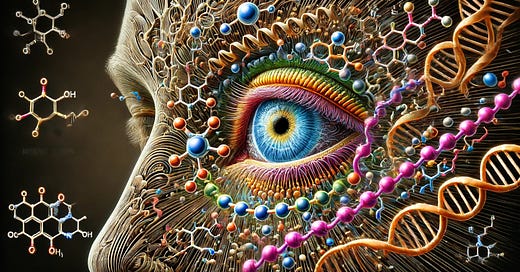I stand by the following statement:
“Circadian biology fundamentally controls every aspect of health.”
To give you one example of this, we’ll explore the biomarkers included in your average blood test. Each and every one of these biomarkers is built on the foundation of circadian biology.
The only evidence I need to prove this to you is to run you through a number of these biomarkers and their specific absorption spectra. In other words, I’m going to show you what nanometer of light they absorb, especially where they absorb strongest.
Let’s begin.
Hemoglobin (Hb)
Absorption Spectra: 400–700 nm
Key Peaks: 415 nm (Soret band), 540 nm, 575 nm (oxygenated and deoxygenated forms absorb differently)
Details: Used to assess oxygen levels in the blood (pulse oximetry)
Bilirubin
Absorption Spectra: 400–500 nm
Key Peaks: Around 450 nm
Details: Assesses liver f…




